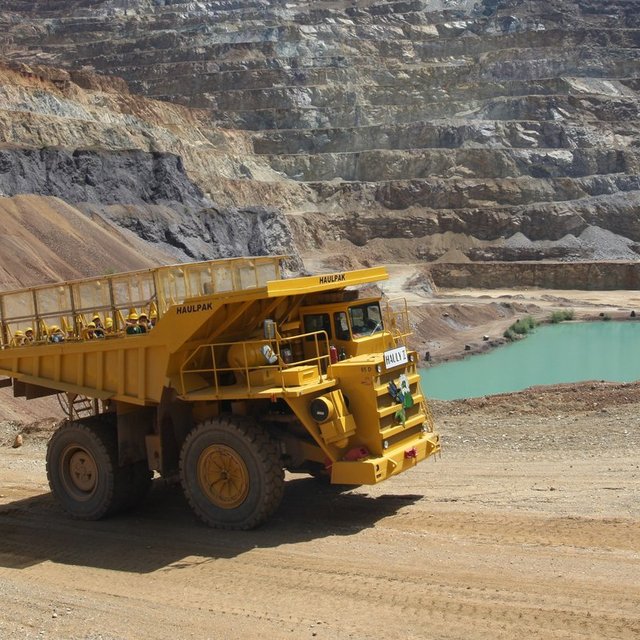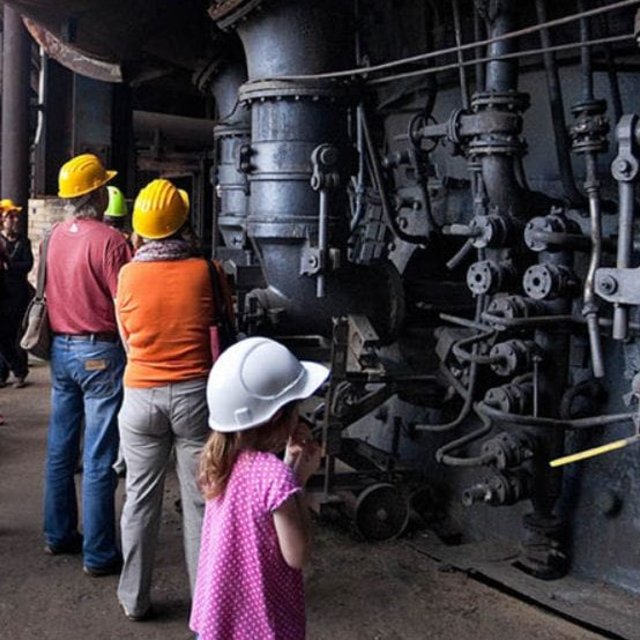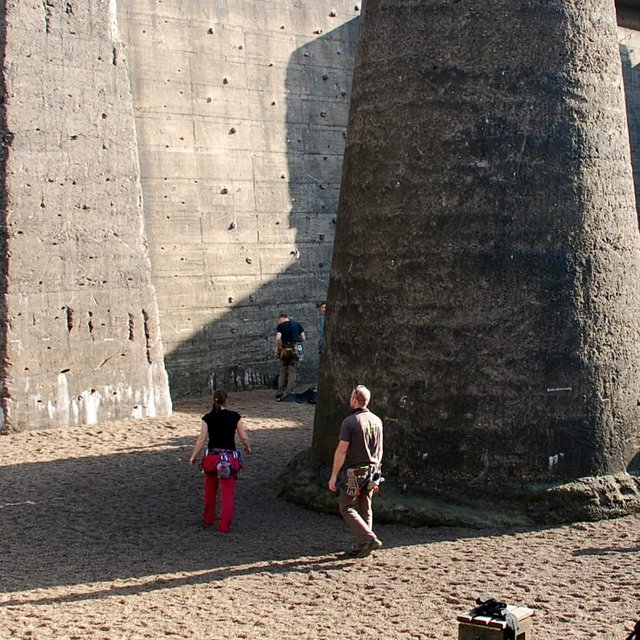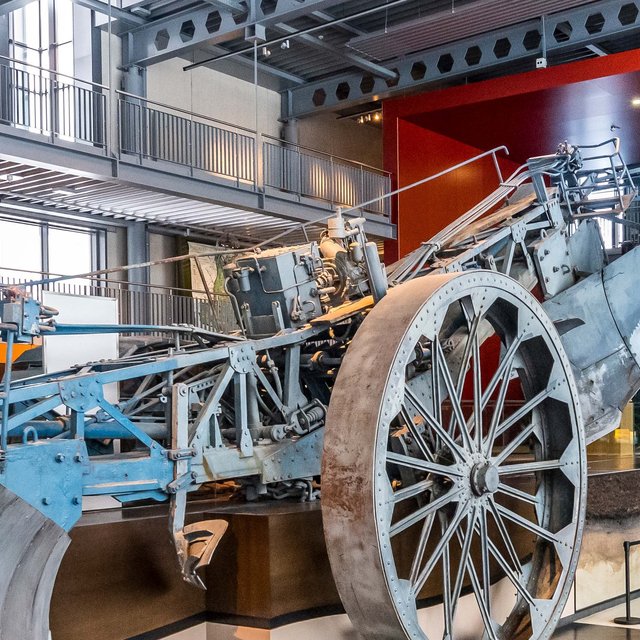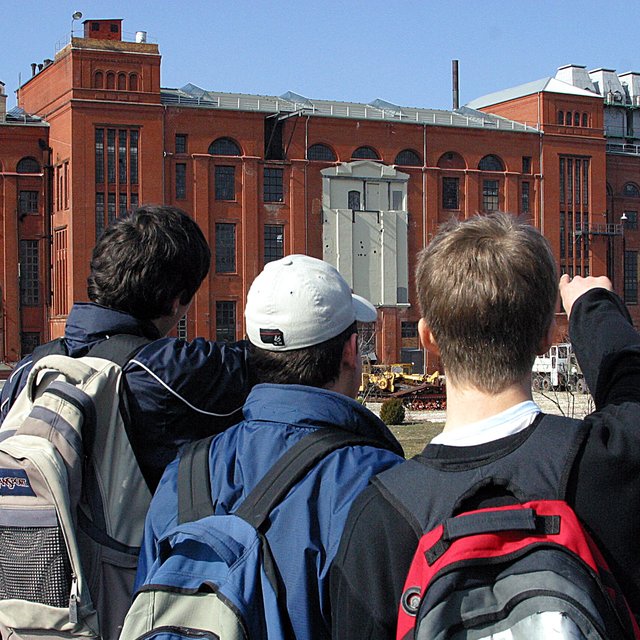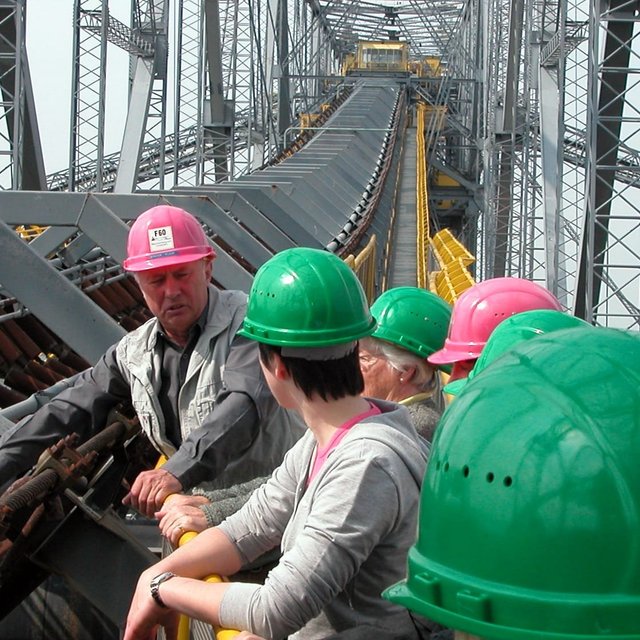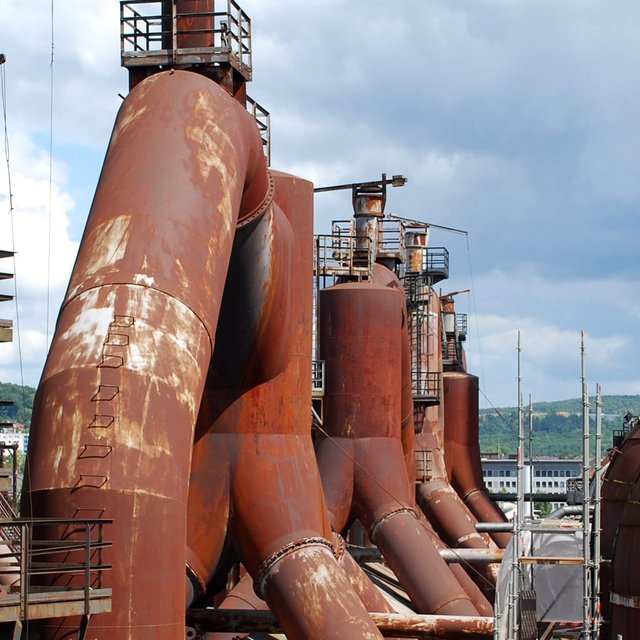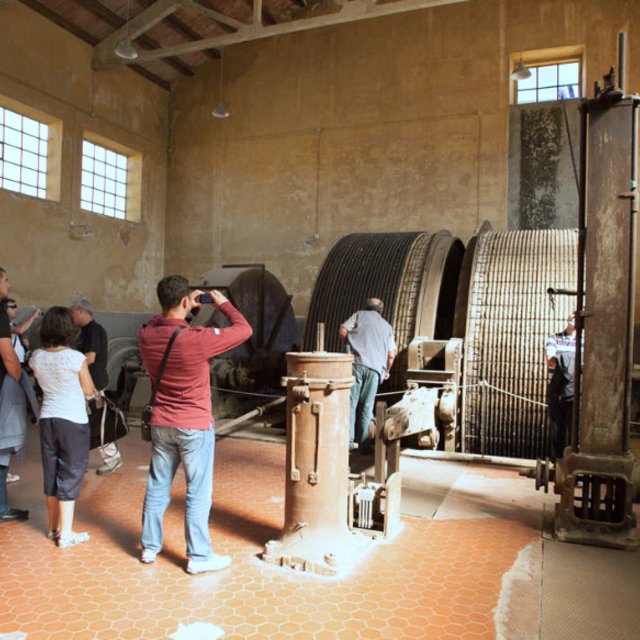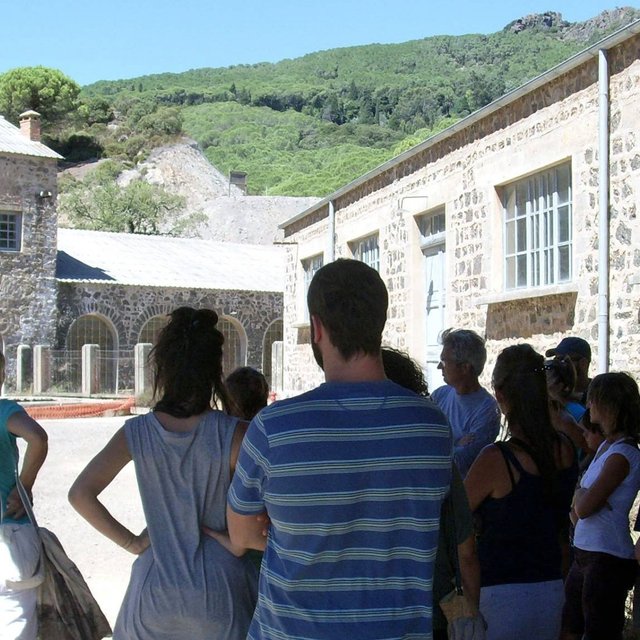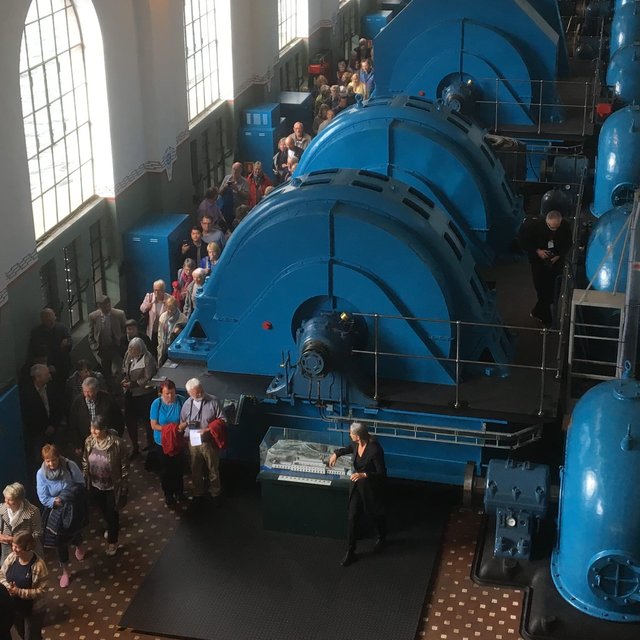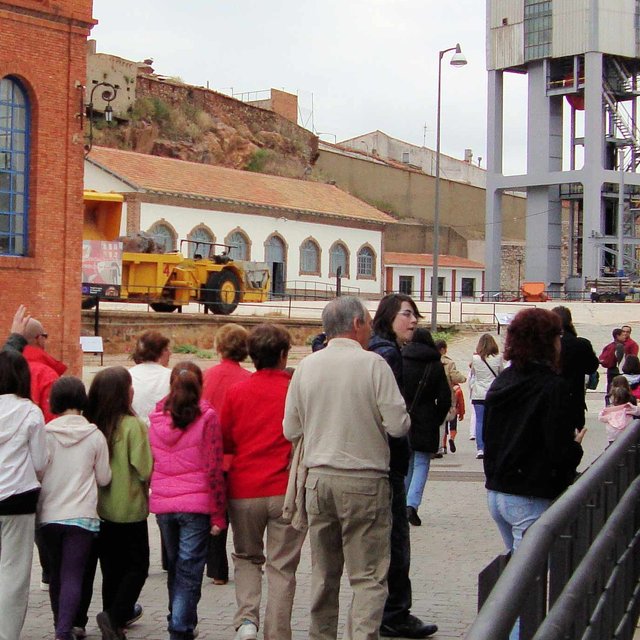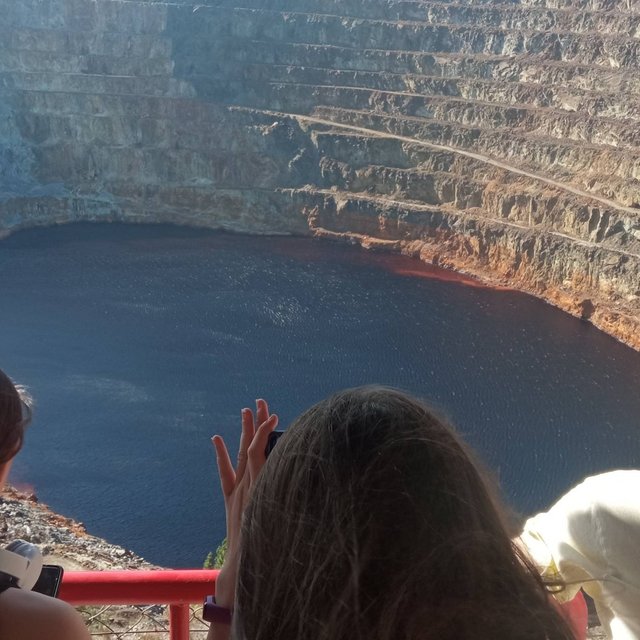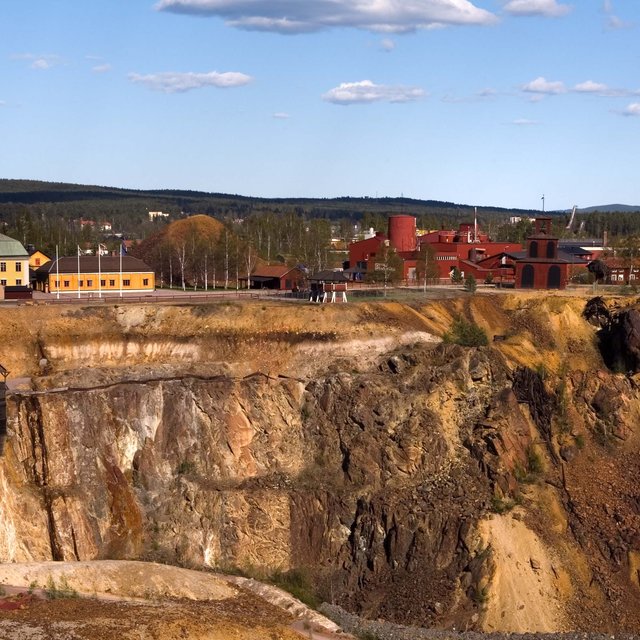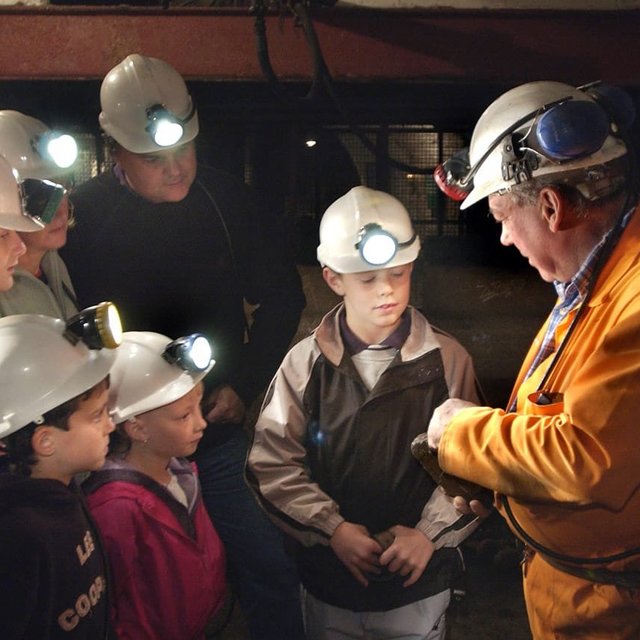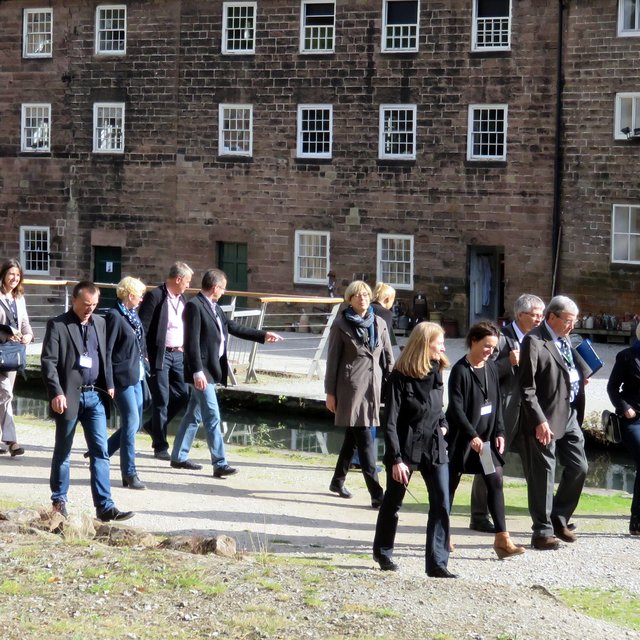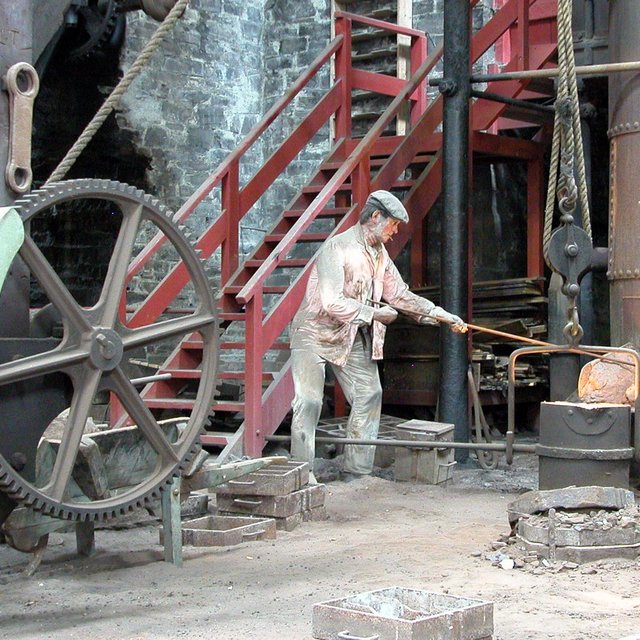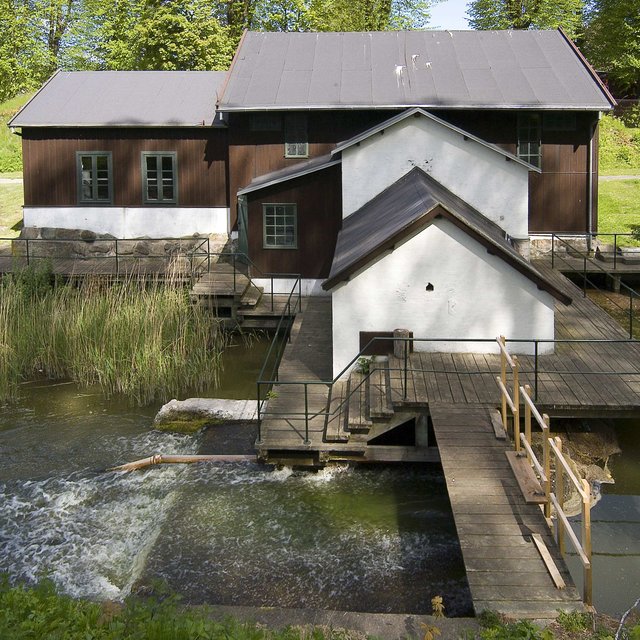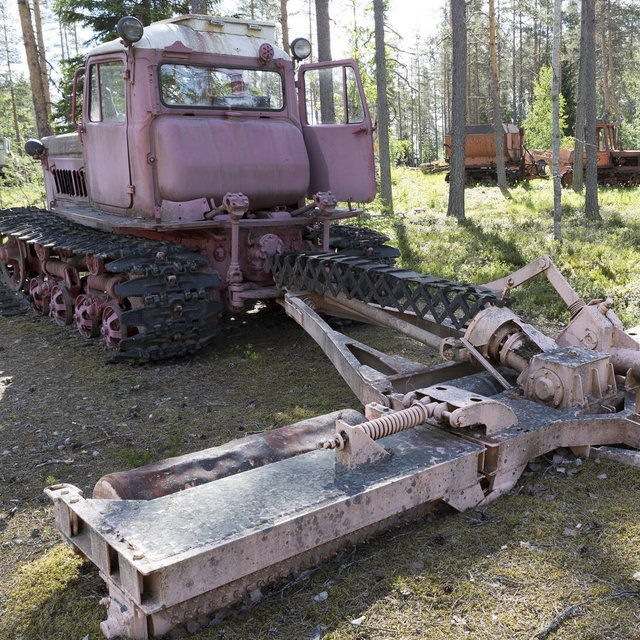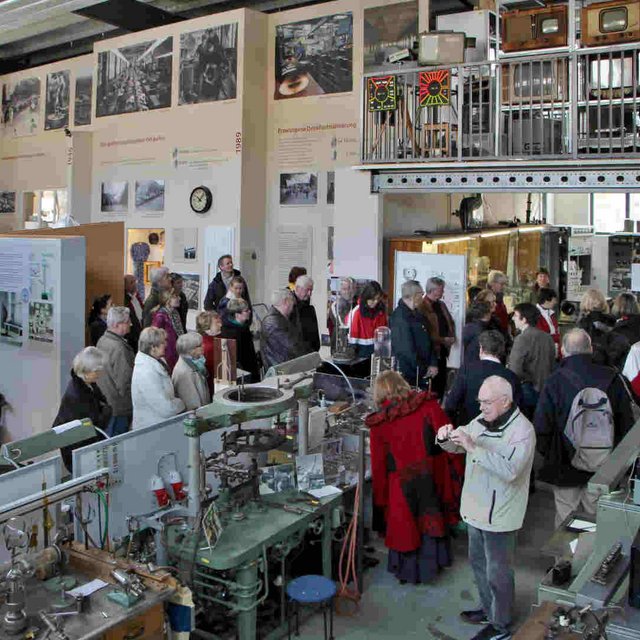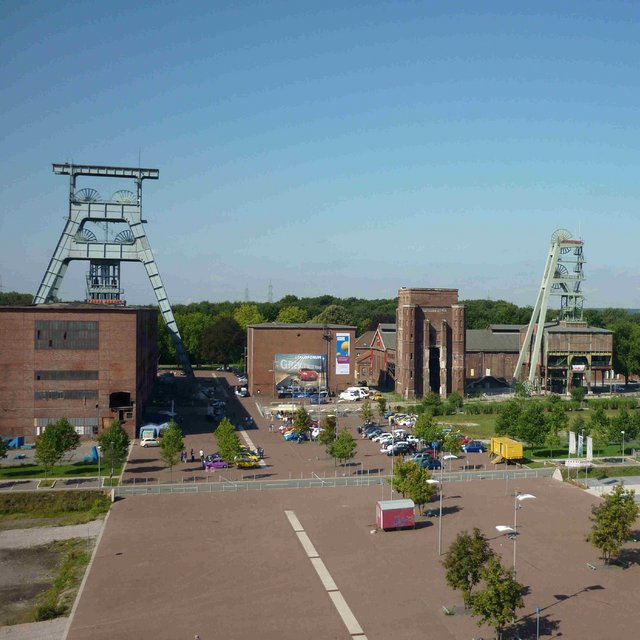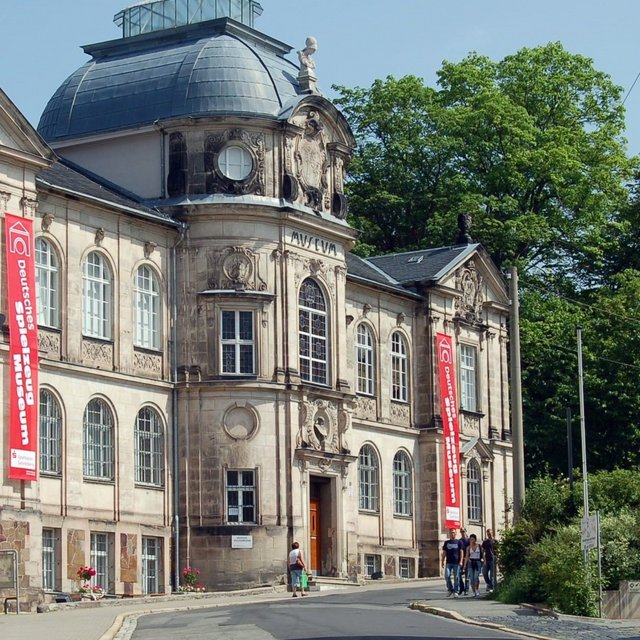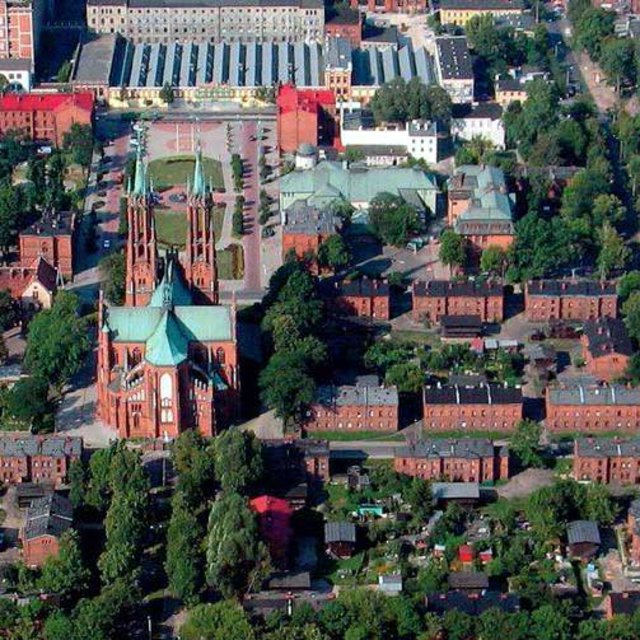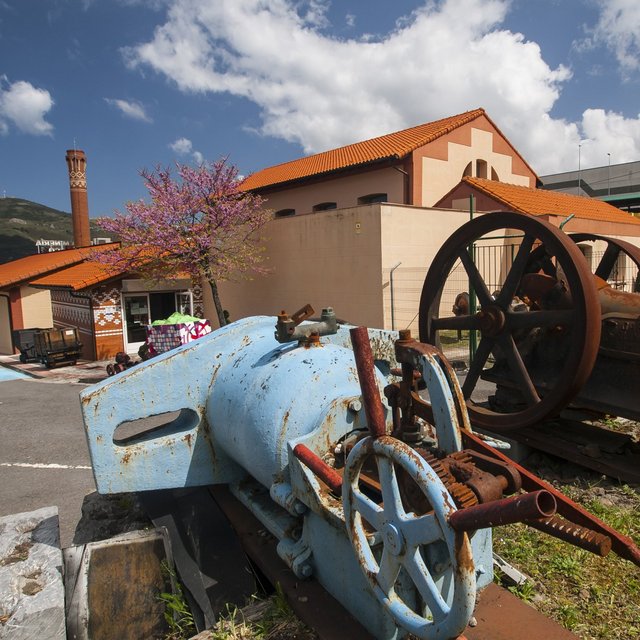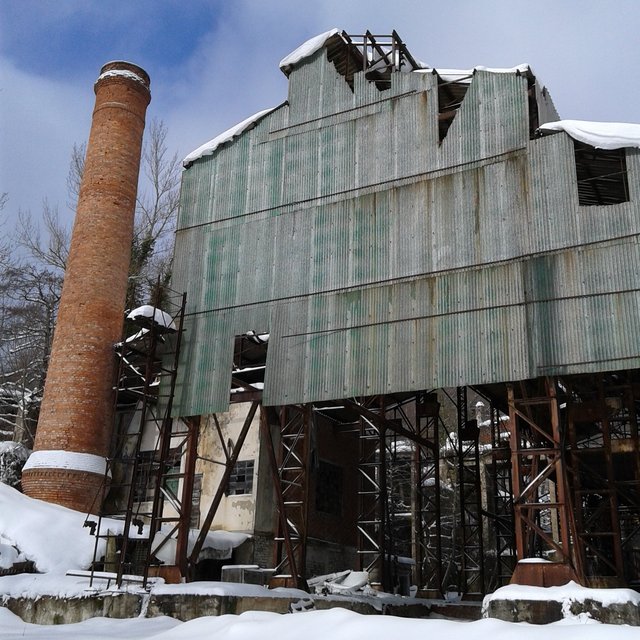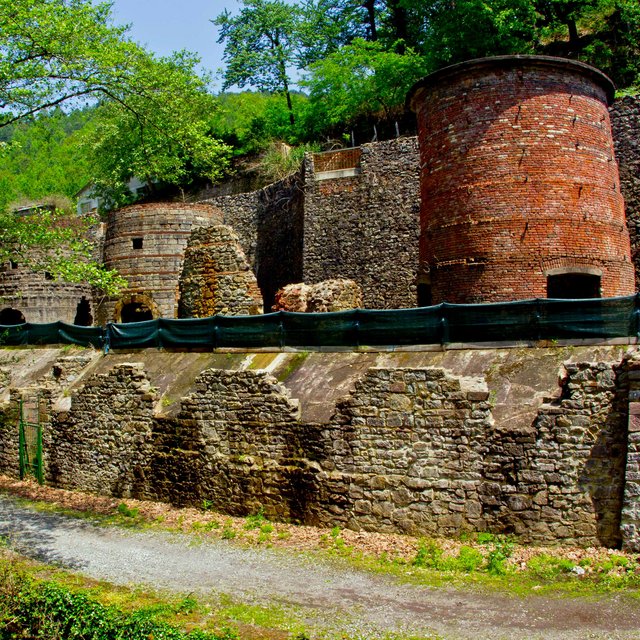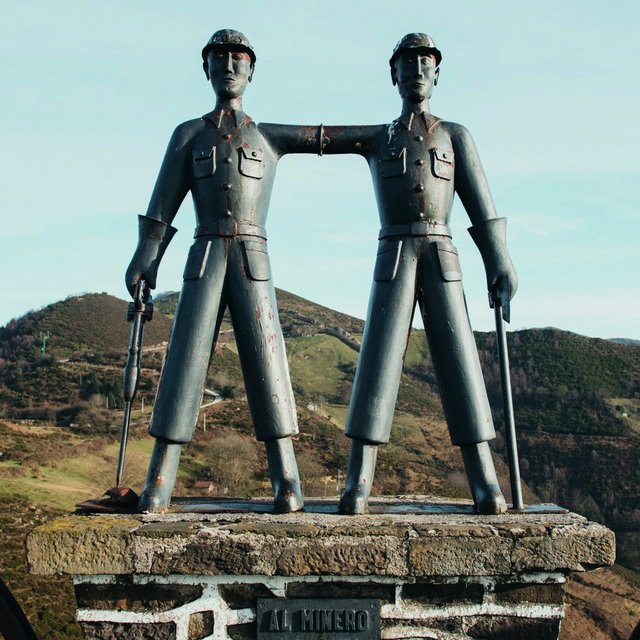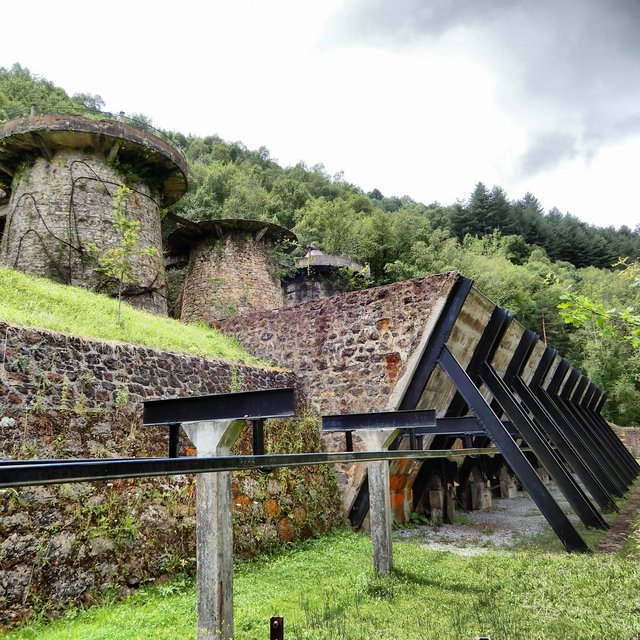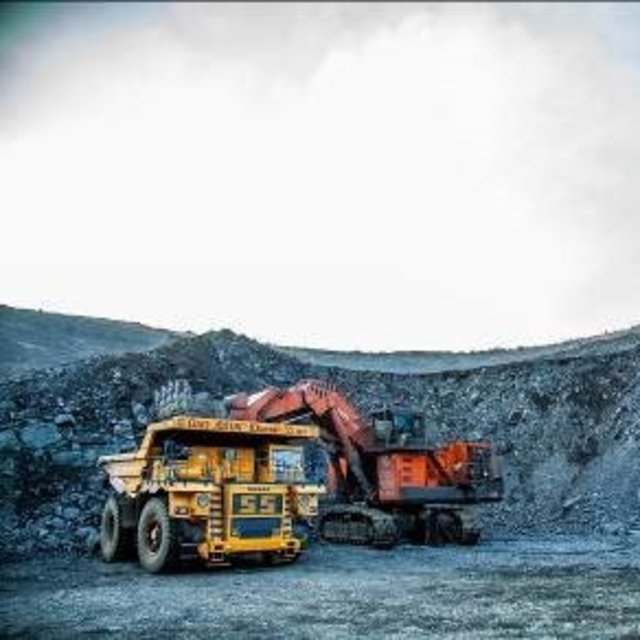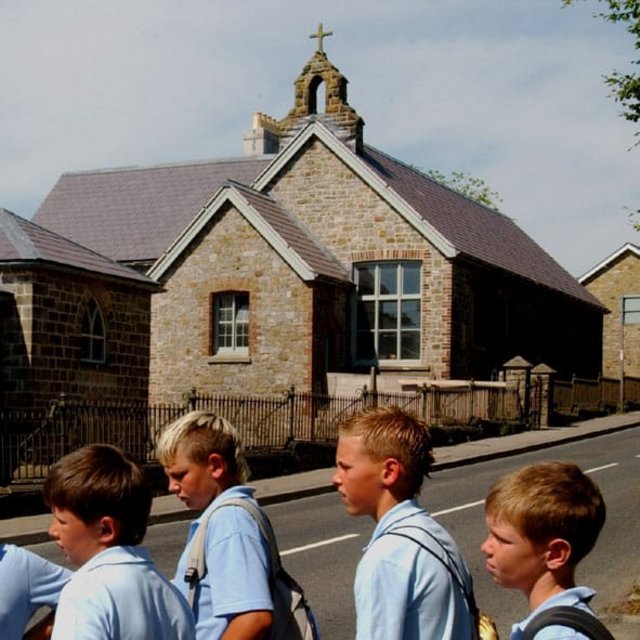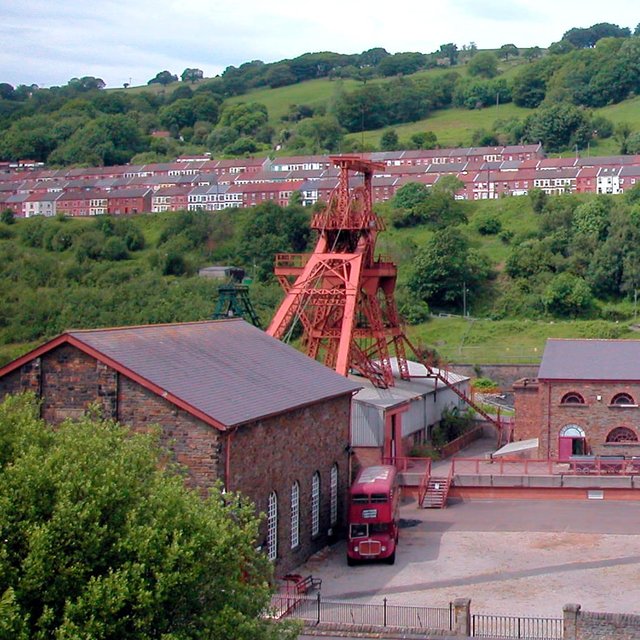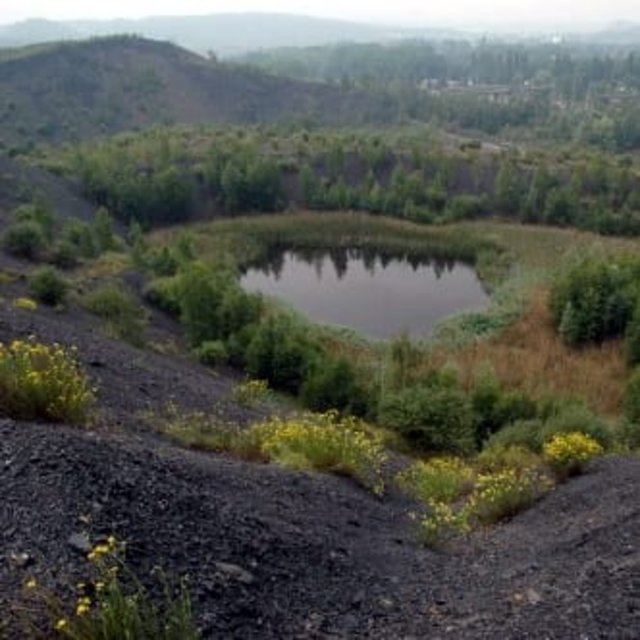European Themeroute | Landscapes
It was only around the end of the 19th century, with the second wave of industrialisation, that exposed mining tips and soot-ridden workshops, endless terraces of cheap grey housing and networks of railway lines began to merge into huge areas of industrial landscape. But for centuries before people had ... more
 Shaping the earth. European Theme Route Industrial Landscapes
Shaping the earth. European Theme Route Industrial Landscapes
It was only around the end of the 19th century, with the second wave of industrialisation, that exposed mining tips and soot-ridden workshops, endless terraces of cheap grey housing and networks of railway lines began to merge into huge areas of industrial landscape. But for centuries before people had been shaping new landscapes: everywhere where valuable treasures were to be found in the soil.
At the end of the 17th century in the Netherlands people began to reclaim the land from the sea in order to protect themselves from flooding and increase the area available for agricultural. One of the earliest examples was the polder around the small village of Beemster in North Holland, not far from Amsterdam. There a lake, fed by water from the Zuidersee, had grown so large that it threatened the existence of the inhabitants. A group of investors, mainly Amsterdam merchants, got together to build dykes around the lake and gradually pump off the water. Once the area had been dried out in 1612, they split up the fertile land amongst themselves, divided it by straight canals and avenues and built housing estates at suitable points, thereby creating a new landscape of polders with a well thought-out concept.
Around the middle of the 18th century tourism began in Europe. Those who could afford it travelled to Italy and to England, occasionally also to the magnificent gardens in Wörlitz in East Germany. Here Leopold Friedrich Franz, Prince of Anhalt-Dessau, had created a microcosm based on the ideals of the Enlightenment. Inspired by English gardens he designed a new form of garden landscape, free of traditional baroque restrictions, with picturesque areas of naturally growing shrubs and curving paths instead of carefully cut trees and geometrically-ordered flowerbeds. This aesthetic design also had an educational aim: to refine the sensibilities of the visitors who were strolling through the gardens.
The park in Wörlitz combined the beautiful with the useful, for the Enlightenment Prince hoped to make the world a better place by means of reason. Prince Franz reformed agriculture according to the latest state of knowledge, and set up schools for the population at large. Before the conflict which exploded in the French Revolution between peasants, citizens and aristocrats in 1789, he strove to find a "middle way" by means of enlightened absolutism. This can still be seen in the gardens and parks around Wörlitz.
Early, quasi-industrial economic activities also left their mark on the landscape, even in ancient times. Above all the insatiable need for timber – which was irreplaceable both as a building material and for fuel – led to the deforestation and erosion of complete regions. In the 19th century there was a rapid growth in overexploitation. In Blaenavon in South Wales, for example, one of the birthplaces of the Industrial Revolution, an ironworks with three blast furnaces was erected, and this soon triggered off a dramatic increase in activities in the thinly populated area. Shafts and galleries were sunk into the hills to extract coal and iron ore, and limestone was dug out of quarries to be used in the ironworks. Artificial ponds were built to hold the pit water or as water reservoirs for steam engines. Railway lines were built over hills and valleys for pit railways and tunnels were last through mountains. Even today we can still see the entrances to collieries and the piled up tips of old pit waste, ruins of industrial buildings and opencast mining – the traces of generations of workers who have left their mark on the landscape.
Reports by contemporary witnesses in the Rhondda Valley, also in South Wales, clearly show how everything was turned upside down by heavy industry. Even after 1850 travellers were still praising "the gem of Glamorganshire" with its "two nearly parallel cliffs of singular beauty....The emerald greenness of the meadows in the valley....The air [ ] aromatic with the wild flowers and mountain plants [and the] Sabbath stillness". Then coalmining arrived and the River Rhondda became "a dark, turgid, and contaminated gutter [ ]. The hills have been stripped of their woodland beauty, and they stand rugged and bare, with immense rubbish heaps covering their surface. The din of steam engines, the whirr of machinery, the grating sound of coal screen, and the hammering of smithies proceed increasingly night and day, year in year out". At its peak over 400 coalmines were operating along the River Rhondda and its tributaries, and rows of terraced houses merged into unbroken lines along the black valleys beneath eternal clouds of smoke.
The largest industrial area on the mainland continent grew up at the end of the 19th century in north-west Germany. Industrial development along the Rivers Ruhr and Emscher began slowly, after the German customs union was set up in 1834, and the Cologne to Minden railway – the first modern transport connection – was completed in 1847. Up till then the River Emscher still contained fish and crabs and the occasional windmill turned lazily along river banks that were full of reeds. All around was a thinly populated agricultural landscape, where wild horses grazed in impenetrable heathland. More people lived along the River Ruhr in the fertile zone along the "Hellweg", the traditional trading route between the old towns of Duisburg, Essen and Dortmund.
In the second half of the 19th century the towns began to expand. Places like Oberhausen and Gelsenkirchen grew from practically nothing, and smokestacks and winding towers were built on farmland. But agriculture also grew in importance because of the demand from the rapidly growing working population. And thanks to new types of dung, the land produced more crops. The amount of land used by heavy industry peaked rapidly at the beginning of the 1890s, the railway network expanded and the population in the area exploded. The rivers were straightened up and lined with concrete: the River Emscher in particular was officially destined to conduct waste industrial water into the Rhine. Soon after the start of the 20th century, both factory owners and politicians regarded the area around the Emscher as a "huge city on the Rhine".
In the 20th century Germany expanded its activities in the area of brown coal mining, another industry requiring a huge amount of land. During the First World War, the AEG power company set up the Zschornewitz brown coal works in the east-German coalmining area between Leipzig and Cottbus; an early example of a gigantic, functional industrial site. Even then villages were abandoned as mining ate into the landscape. The principle is still the same. The hole scratched into the soil by gigantic excavators moves slowly forward. On the side where new excavations occur, the layer of earth over the coal is torn away to be tipped back onto the side where the coal has been removed. Since thousands of tons of coal are missing at the end of mining activities, huge holes remain in the landscape which are gradually filled up with pumped off groundwater. Since the end of brown coal mining in East Germany people there have been trying to regenerate the land for leisure activities. In the West German brown coal area between Cologne and Aachen, brown coal activities have existed since the 1950s and exploited areas have been re-cultivated at great expense. Nonetheless it is easy to recognize that the relocated villages, the freshly-created wet biotopes and the artificial hills are all part of a newly made artificial landscape – and behind the new woods full of beech trees, the land continues to be exploited.
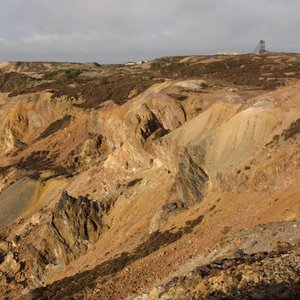
ERIH Anchor Points
Erzberg Adventure
Erzberg 1
8790
Eisenerz, Austria
Dolní Vítkovice
Dolní oblast VÍTKOVICE, z.s.
Vítkovice 3004
703 00
Ostrava, Czech Republic
North Landscape Park
Emscherstrasse 71
47137
Duisburg, Germany
Emsland Moormuseum
Geestmoor 6
49744
Geeste, Germany
Saxon Museum of Industry | Knappenrode Energy Factory
Ernst-Thälmann-Straße 8
02977
Hoyerswerda, Germany
F60 Overburden Conveyer Bridge
Bergheider Straße 4
03238
Lichterfeld, Germany
World Heritage Site Voelklingen Iron Works
Europäisches Zentrum für Kunst und Industriekultur
Rathausstraße 75
66302
Völklingen, Germany
Italian Centre for Coal Mining Culture at Geological Mining Park of Sardinia
Centro Italiano della Cultura del Carbone
Grande Miniera di Serbariu
09013
Carbonia, Italy
The Mines of Montevecchio at Geological Mining Park of Sardinia
Miniera di Montevecchio
Piazza Rotundi
09030
Guspini, Italy
Kraftmuseet. Norwegian Museum of Hydropower and Industry
Kraftmuseet. Norsk vasskraft- og Industristadmuseum
Naustbakken 7
5770
Tyssedal, Norway
Almadén Mining Park World Heritage Site
Parque Minero de Almadén
Cerco San Teodoro
13400
Almadén, Spain
Riotinto Mining Park
Parque Minero de Riotinto
Plaza del Museo s/n
21660
Minas de Riotinto, Spain
Falun Mine, World Heritage
Falu Gruva
Gruvgatan 44
791 61
Falun, Sweden
Big Pit: National Coal Museum World Heritage Site
NP4 9XP
Blaenavon, United Kingdom
Cromford Mills World Heritage Site
Cromford Mill
DE4 3RQ
Cromford, United Kingdom
National Slate Museum World Heritage Site
Padarn Country Park
LL55 4TY
Llanberis, United Kingdom
Member Sites ERIH Association
Frederiks Vaerk Museum of Industry
Industrimuseet Frederiks Værk
Torvet 18-20
DK 3300
Frederiksvaerk, Denmark
Aitoneva Peat Museum
Aitonevan turvemuseo
Aitonevantie 358
39820
Kihniö, Finland
Industriesalon Schöneweide
Besucherzentrum für Industriekultur
Reinbeckstraße 9
12459
Berlin, Germany
Ewald Mine | Hoheward Landscape Park
Besucherzentrum Hoheward
Werner-Heisenberg-Straße 14
45699
Herten, Germany
Sonneberg Town of Toys
Bahnhofsplatz 1
96515
Sonneberg, Germany
Zyrardow factory town
Resursa
1 Maja 45
96300
Zyrardow, Poland
Mining Museum of the Basque Country
Museo de la Minería del País Vasco
Barrio Campodiego s/n
48500
Abanto-Zierbena, Spain
Ajuria & Urigoitia Industrial Forest
Intuxi, 48
01250
Araia, Spain
Irugurutzeta Furnaces
Hornos de Irugurutzeta
Meaka 110-Ibarla
20305
Irun, Spain
Lea River's Industrial Landscape with Marierrota Tide Mill
Sendero del Lea | Molino de Marierrota
Lekeitio, Spain
Turón Valley
Pozu Espinos
Valle de Turón
Caserio Preximir 4
33610
Santandrés, Spain
Aizpea Mining Complex – The Iron Mountain of Zerain
Herriko plaza, z/g
20214
Zerain, Spain
"South Mining and Processing Plant" Quarry
Кар'єр Публічного акціонерного товариства
"Південний гірнично-збагачувальний комбінат"
Turynska str.
50026
Kryvyi Rih, Ukraine
Blaenavon World Heritage Centre
Church Road
Blaenavon, United Kingdom
Rhondda Heritage Park
Lewis Merthyr Colliery
Coed Cae Road
CF37 2NP
Rhondda, United Kingdom
Sites
Trail of Pit Heaps
Espace Terrils ASAL
Ferme des Castors
Rue du Centre 78
6250
Aiseau-Presles, Belgium


